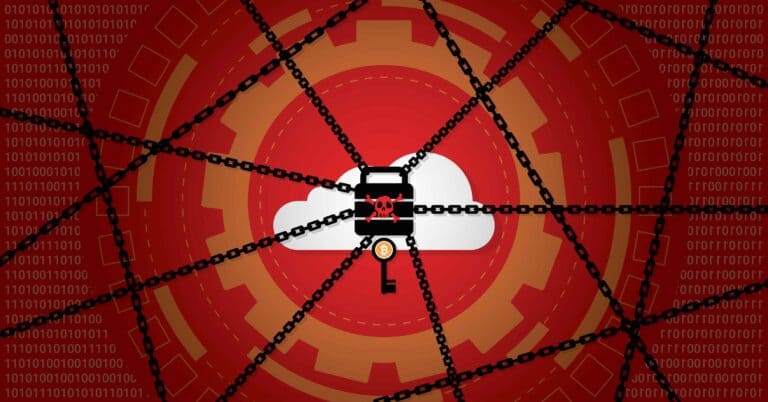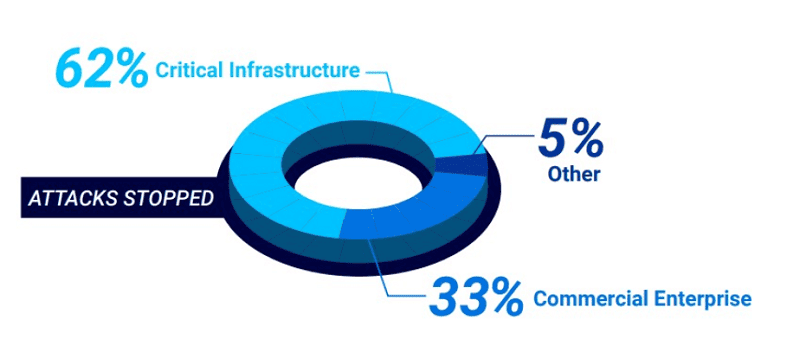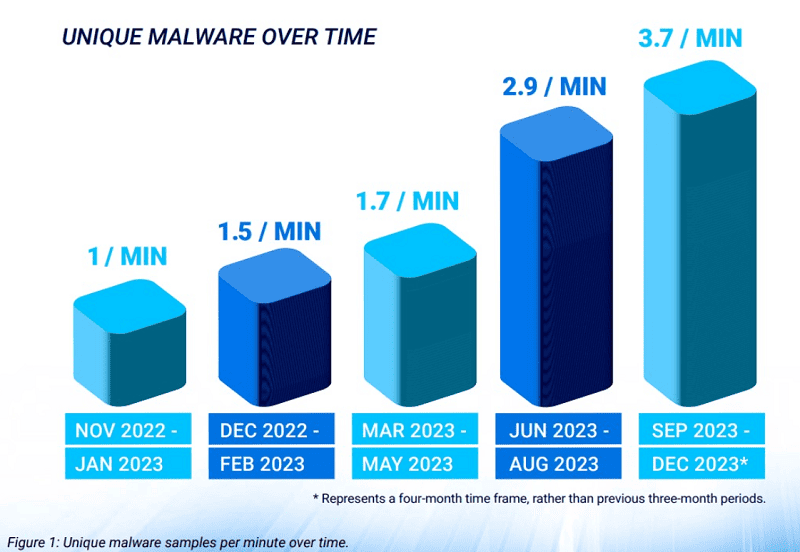Organizations that are part of critical infrastructure face the most cyber attacks in September-December 2023.
That’s according to BlackBerry researchers. Attacks mainly targeted the government, financial services, healthcare and communications sectors. In total, these sectors suffered 62% of the total number of cyber attacks during the said period.
The researchers further concluded that the financial sector had a tough time. Within 120 days, this sector was hit by 1 million cyber attacks. BlackBerry even speaks of a “death by a million cuts” for this sector, caused mainly by standard malware.
This standard malware would also indicate that there are many independently operating hackers. In doing so, these hackers are only out for financial gain.
Furthermore, it appears that 33% of the attacks involved companies in the retail, manufacturing, automotive, and business services industries. These were mainly cyber attacks with the goal of stealing information.
According to the BlackBerry report, 5% of the attacks were directed at other targets.
Malware variants on the rise
Other survey results show that between September and December 2023, the number of new malware variants increased by nearly a quarter, especially malware often designed to evade detection by traditional security applications.
BlackBerry’s AI-enabled security technology is said to have blocked an average of 3.7 new malicious samples per minute by the end of last year. In the June-August 2023 period, this was still at 2.9 new samples per minute and 1.5 per minute early last year.
During this period, ransomware gangs mainly focused on zero-day vulnerabilities and carried out massive coordinated attacks on potentially vulnerable targets.
More frequent use of AI in attacks
According to the study, AI is also increasingly being used to develop and deploy new malware. BlackBerry researchers warn that traditional cybersecurity solutions and applications are no longer adequate as a result.
Therefore, the use of AI and ML should be a standard part of the defence strategy against cyber attacks, especially to keep up with the newly developed malware coming at companies.
Also read: How enterprises have responded after three years of peak cyber risk


